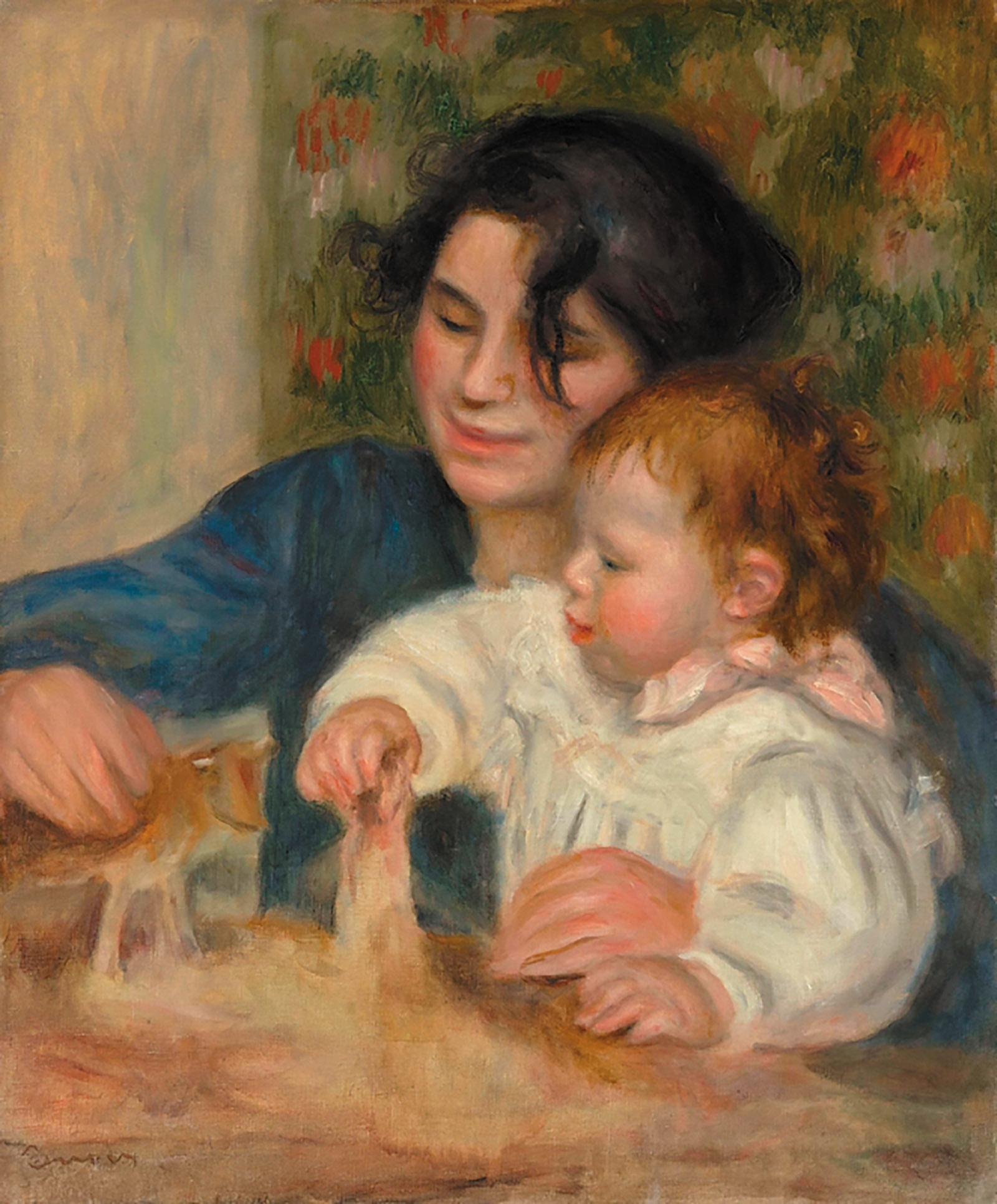In response to:
The Art of Pleasure from the December 21, 2017 issue
To the Editors:
In “The Art of Pleasure” [NYR, December 21, 2017], Jed Perl praises Jean Renoir’s 1958 Renoir, My Father but denigrates my newly published biography, Renoir: An Intimate Biography. Renoir, My Father is a well-loved series of recollections by the sixty-four-year-old movie producer/director/writer who was twenty-five when his seventy-eight-year-old father died in 1919. The book could be the most touching tribute by a son to his adored father, but no one reading it believes it is a serious biography any more than one believes Jean Renoir’s brilliant film La Grande Illusion to be a factual, accurate depiction of World War I.
As Jean Renoir writes at the beginning of Renoir, My Father:
The Reader: It is not Renoir you are presenting to us, but your own conception of him.
The Author: Of course, History is a subjective genre, after all.
Jean Renoir had no written records of his conversations with his father, so he drew on earlier recollections by his father’s many writer friends and on the recollections of Renoir’s third model, Gabrielle, then his Hollywood neighbor. Jean Renoir only quotes a few letters by Renoir. Though widely beloved, Renoir, My Father is not a reliable source for information about Renoir.
As the art historian Robert L. Herbert wrote in the introduction to a 2001 reissue of Renoir, My Father (NYRB Classics), “The appeal and the value of Jean Renoir’s book is in his imaginative reconstruction of the time and the personages of his father’s paintings.” Perhaps pointedly, Herbert does not say “of his father.”
More troublingly, Jean Renoir’s biography is censored. He never mentions his secret illegitimate half-sister, Jeanne, and he never acknowledges that his parents’ marriage changed from love to estrangement when, as Mary Cassatt wrote to Louisine Havemeyer, “The wife sent off the former model who has been with them eighteen years and was Renoir’s devoted nurse. She, the wife, was jealous and…[Renoir] is without a nurse, he who is as helpless as a baby…he now is without affection around him.”
Jean Renoir had no intention of trying to answer the questions that my biography explores: Who was Renoir? What was his character and his personality? What kind of a person was he to his wife, sons, secret illegitimate daughter, models, dealers, patrons, and numerous friends—Catholic, Protestant, and Jewish? Through my interspersing of narrative with short quotes from Renoir’s letters, the reader gains an intimate understanding of the complex and heroic Renoir.
Renoir’s life story is inspiring: he painted four thousand joyful, sensuous, life-affirming paintings at the same time that he suffered throughout an exceedingly difficult life: first, decades of poverty or financial insecurity; then, decades of rheumatoid arthritis that paralyzed his fingers and legs and left him perpetually in pain.
Renoir’s life story is the opposite of Van Gogh’s. Van Gogh constantly suffered, expressed his suffering in his art, and committed suicide at age thirty-seven. Renoir also constantly suffered but only expressed his suffering in his letters and in a few self-portraits. For the remaining four thousand paintings, Renoir only expressed joy, optimism, sensuality, and sociability. As Renoir wrote, “Thanks be to painting which even late in life still furnishes illusions and sometimes joy.”
The goal of my 2017 biography was to reveal Renoir’s character and personality through a narrative punctuated by 1,100 quotes from Renoir’s letters (almost half unpublished) so that the reader has direct contact with the painter through his own words. In this way, Renoir reveals himself in all his complexity: altruistic, shrewd, manipulative, self-serving, conflict-avoiding, double-talking, secretive, loyal, and generous.
It is a shame that Mr. Perl did not share the opinion of the reviewer for the Financial Times (UK) who wrote:
This documentary life, based on thousands of letters, many unpublished, which she has collected since 1961, is the most personal account of any Impressionist ever written…. For Renoir devotees, this is an unmissable, revelatory account.
Or the opinion of the reviewer for The Independent (UK) who wrote:
Renoir would have been grateful for the thoroughness with which his new biographer Barbara Ehrlich White has peeled away the myths and the lies first disseminated by his son Jean Renoir in an early hagiography of his father.
Barbara Ehrlich White, Ph.D.
Chevalier des Arts et des Lettres
Adjunct Professor of Art
History Emerita,
Tufts University
Medford, Massachusetts
Jed Perl replies:
Barbara Ehrlich White is a great admirer of Renoir’s art. So am I. About that we can agree. But we don’t agree about much else. The strange thing about her letter is that she hasn’t even attempted to respond to my criticisms. I think her biography of Renoir is a missed opportunity.
This Issue
March 8, 2018
Hell of a Fiesta
Ghost Whisperers
Roth Agonistes




